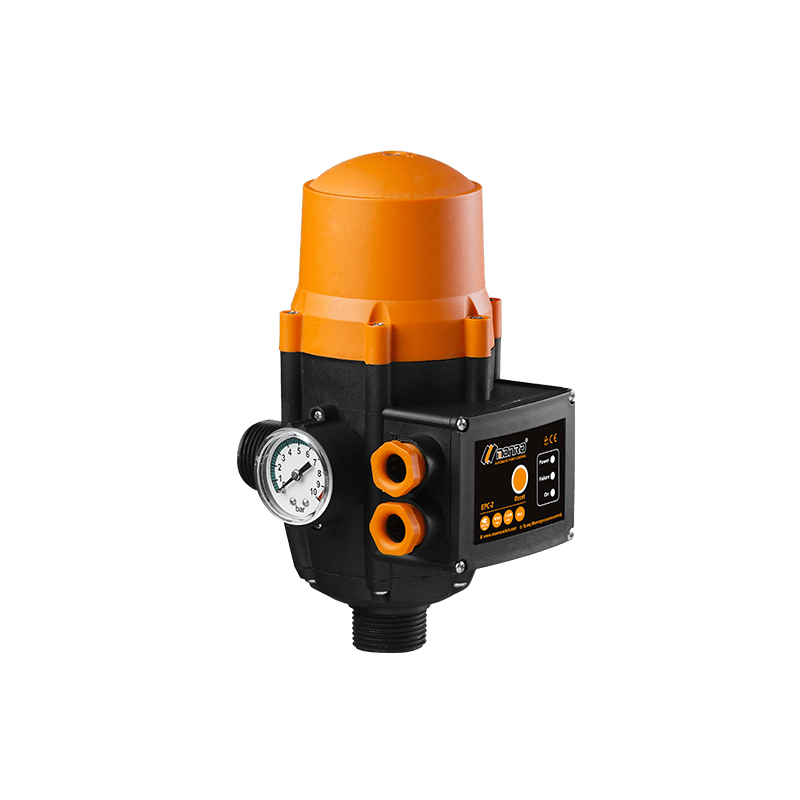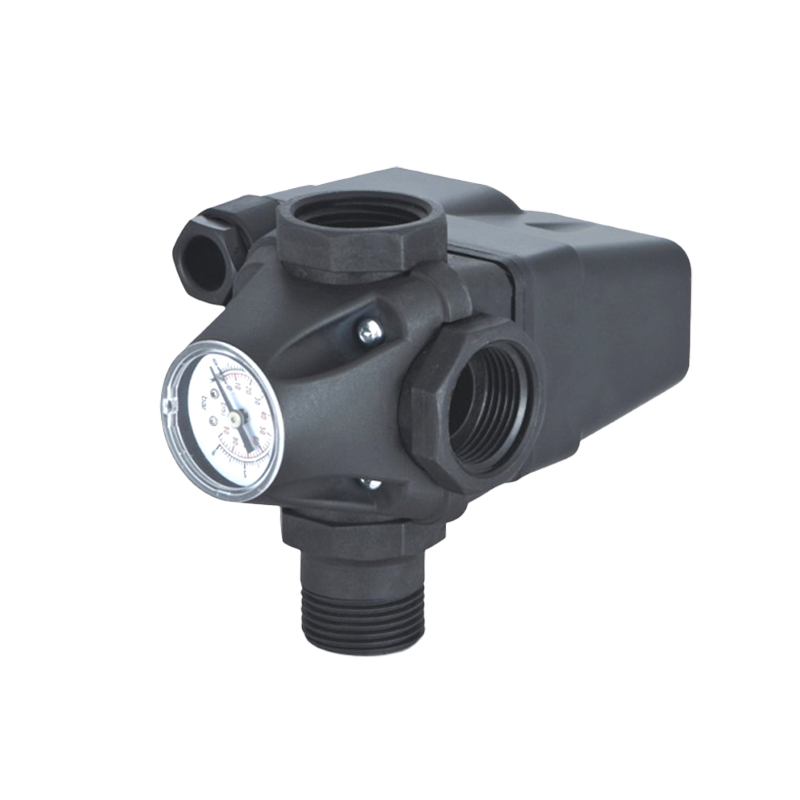Don't hesitate to send a message
Web Menu
Product Search
Exit Menu
How Does The Water Pump Switch Detect The Water Level Or Control The Operation Of The Water Pump?
Water pumps are integral components in various systems, ranging from residential water supply to industrial processes. To ensure efficient and safe operation, water pump switches play a crucial role in monitoring water levels and controlling pump operations.
Water pump switches are devices designed to monitor the water level in a reservoir or tank and activate the pump accordingly. They serve as the interface between the water pump and the water source, facilitating automated operation based on preset parameters.
Water Pump Level Switch: Monitoring Water Levels
The Water Pump Level Switch is specifically designed to monitor the water level within a reservoir or tank. It employs various sensing mechanisms, such as floats or probes, to detect changes in water level. When the water level reaches a predetermined threshold, the level switch triggers a signal to activate or deactivate the water pump.
In residential applications, the Water Pump Level Switch ensures that water tanks are adequately filled without overflowing, providing a consistent water supply while preventing wastage. In industrial settings, these switches play a vital role in maintaining good water levels for processes such as cooling or irrigation.
Water Pump Motor Switch: Controlling Pump Operations
The Water Pump Motor Switch is responsible for controlling the operation of the pump motor based on input from the level switch. Once the level switch detects a change in water level, it sends a signal to the motor switch, prompting it to start or stop the pump motor.
This switch is crucial for preventing dry running of the pump, which can lead to damage and inefficiency. By automatically activating the pump motor when water levels are low and deactivating it when the desired level is reached, the motor switch helps prolong the lifespan of the pump and ensures reliable performance.
Water Pump Power Switch: Managing Electrical Supply
The Water Pump Power Switch serves as the primary interface between the pump and the electrical supply. It controls the flow of electricity to the pump motor, allowing for seamless integration with the monitoring and control systems.
In addition to starting and stopping the pump motor, the power switch may incorporate safety features such as overload protection and short circuit detection. These features help safeguard the pump system against electrical faults and ensure safe operation in diverse environments.
Integration and Automation
Modern water pump systems often integrate these switches with advanced control systems for enhanced functionality and automation. Programmable logic controllers (PLCs) and supervisory control and data acquisition (SCADA) systems enable real-time monitoring, remote operation, and predictive maintenance of water pump systems.
By leveraging data from sensors and switches, these systems optimize pump performance, minimize energy consumption, and reduce downtime. They also enable proactive management of water resources, ensuring efficient utilization and conservation.
Water pump switches play a critical role in monitoring water levels and controlling pump operations in diverse applications. The Water Pump Level Switch, Water Pump Motor Switch, and Water Pump Power Switch work in tandem to ensure reliable and efficient operation of water pump systems. By understanding the function and importance of these switches, users can optimize performance, enhance safety, and improve the lifespan of their water pump systems.
-
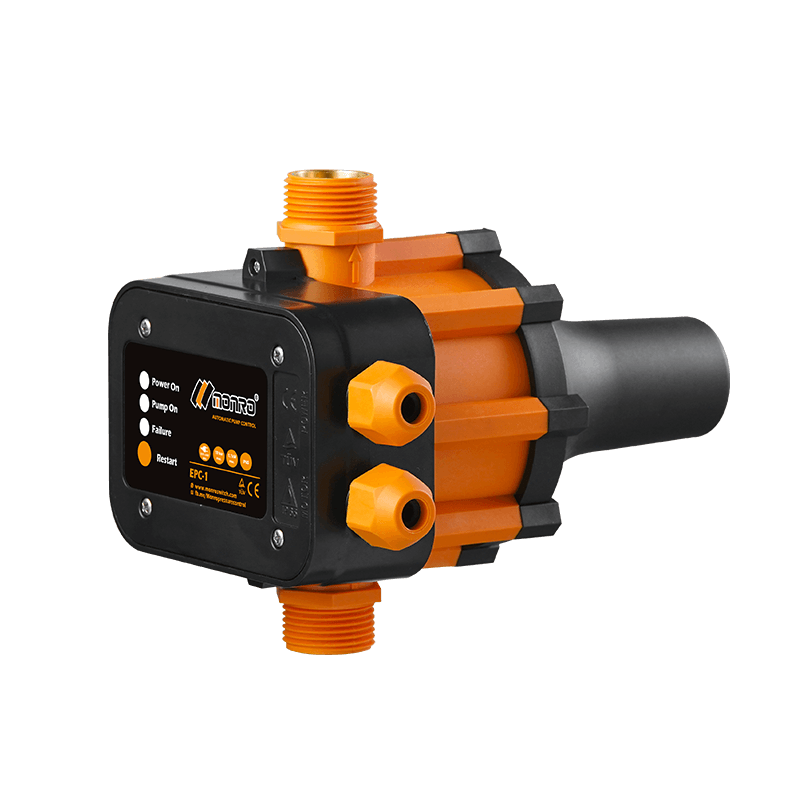 EPC-1
EPC-1Monro EPC-1 model pump controller is the classic and basic type, was loved by user in the global mar...
-
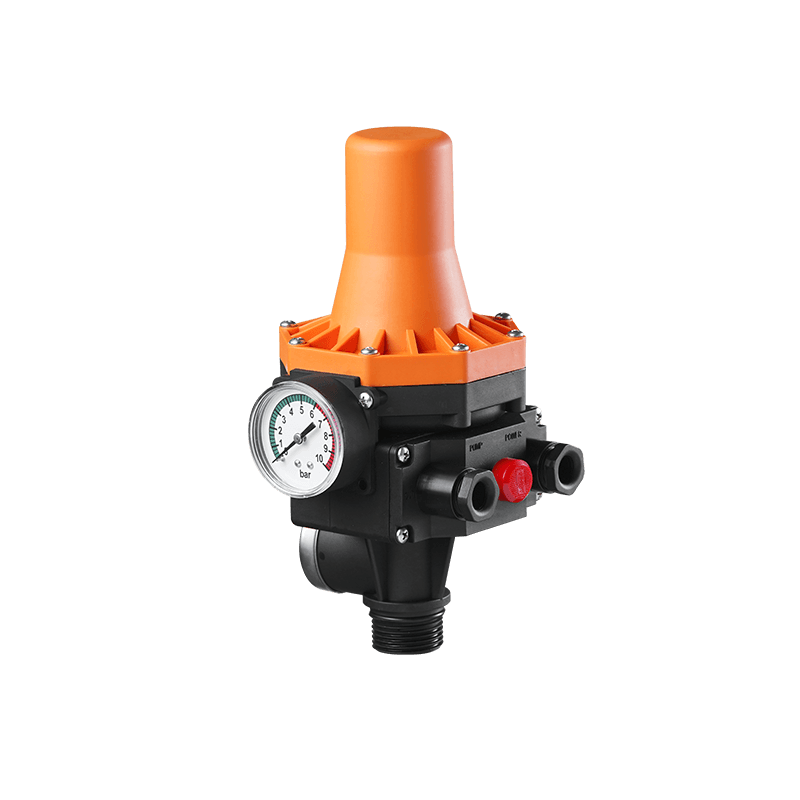 EPC-3
EPC-3Monro EPC-3 spain design auto on and off press control, an intelligent and economical system designe...
-
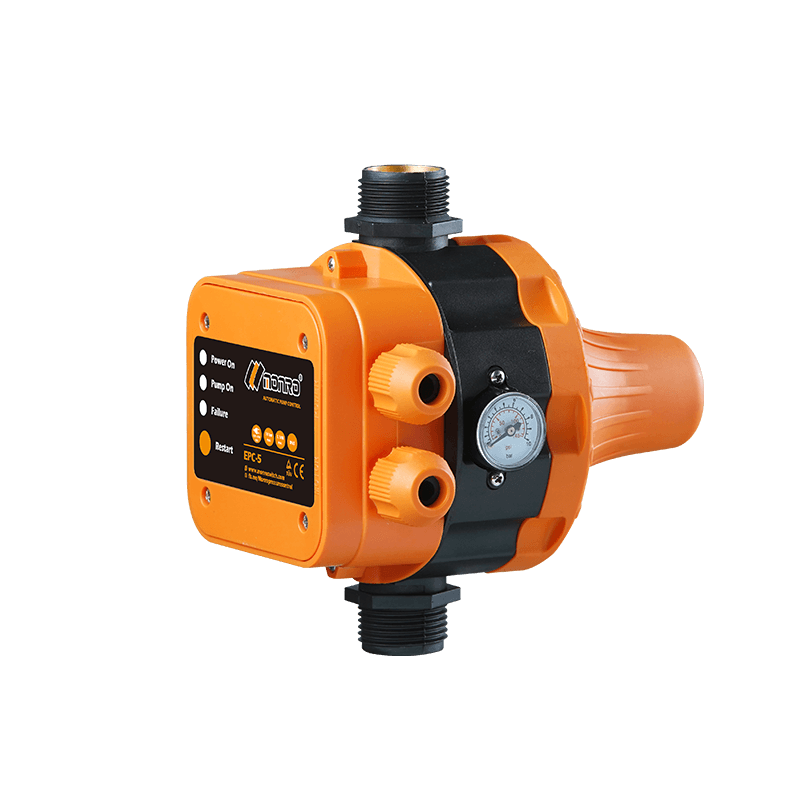 EPC-5
EPC-5Monro EPC-5 model automatic pump control, a device which assembled on the water pump (recommended si...
-
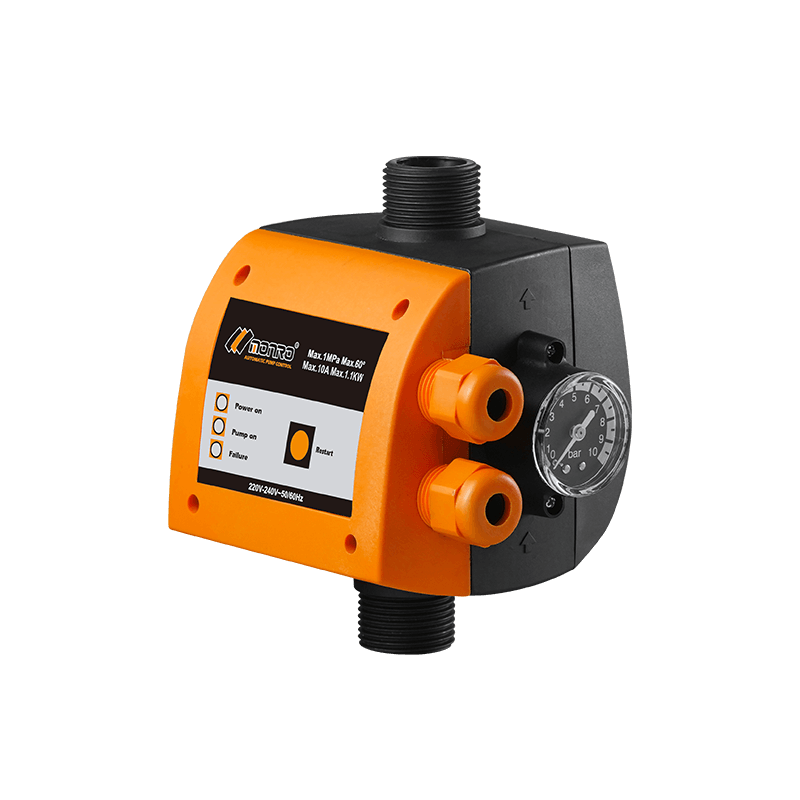 EPC-9
EPC-9Monro EPC-9 model pressure controller, is a big power device for automatic control and protection of...
-
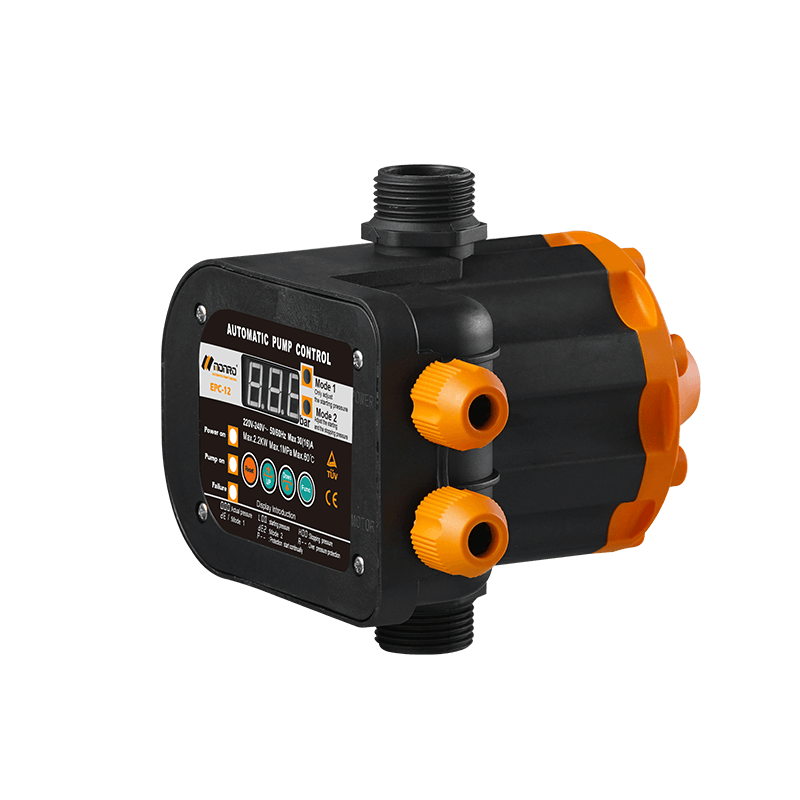 EPC-12
EPC-12Monro EPC-12 smart top-level automatic pump control is a multi-function model combined with traditio...
-
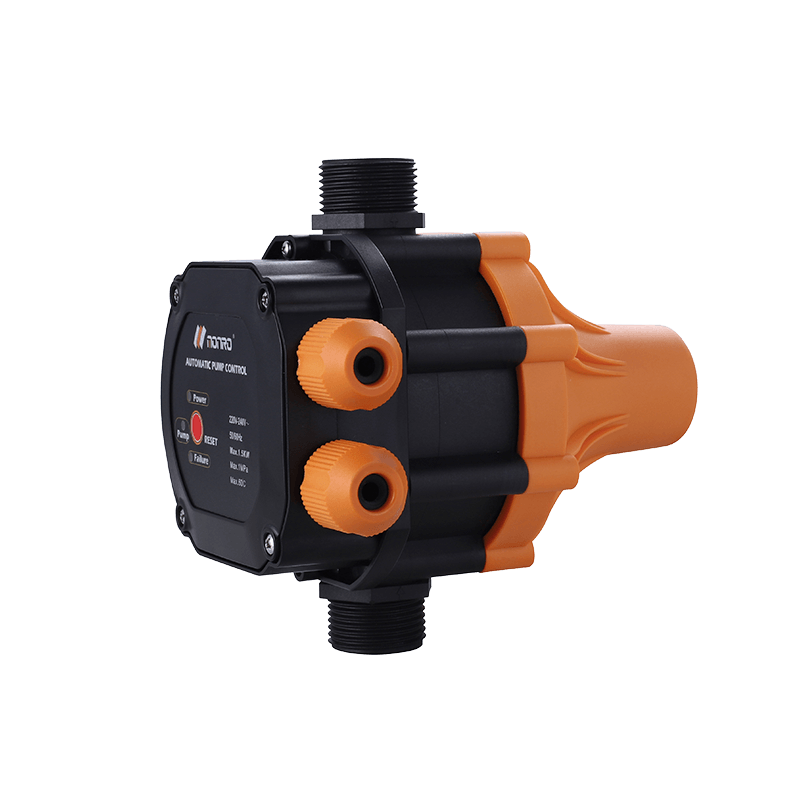 EPC-14
EPC-14Monro EPC-14 model pressure control is a big power device for automatic control and protection of el...
-
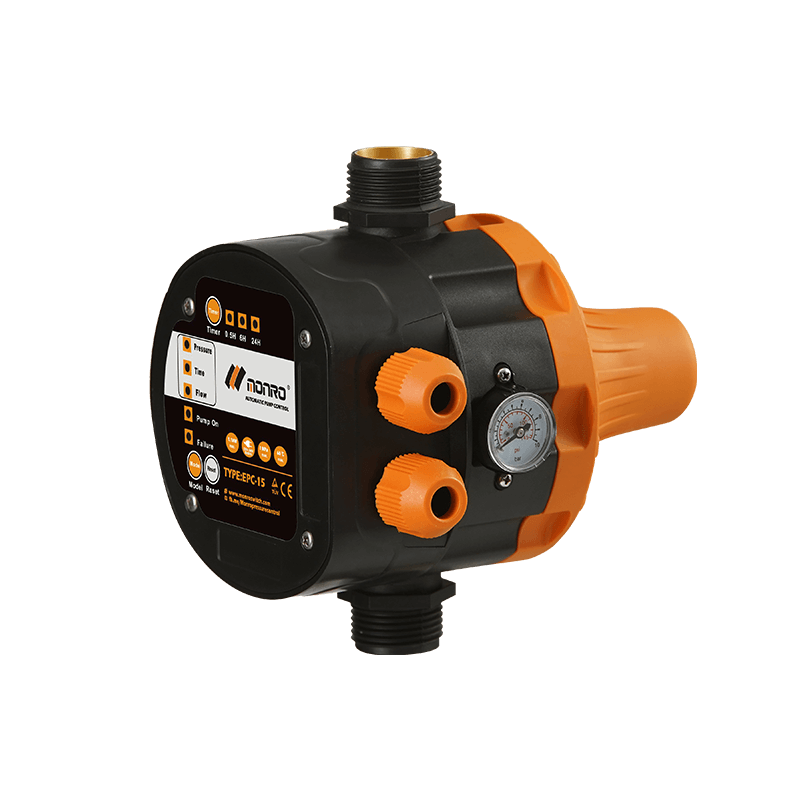 EPC-15
EPC-15Monro EPC-15 model automatic pump control, a device which assembled on the water pump (recommended s...
-
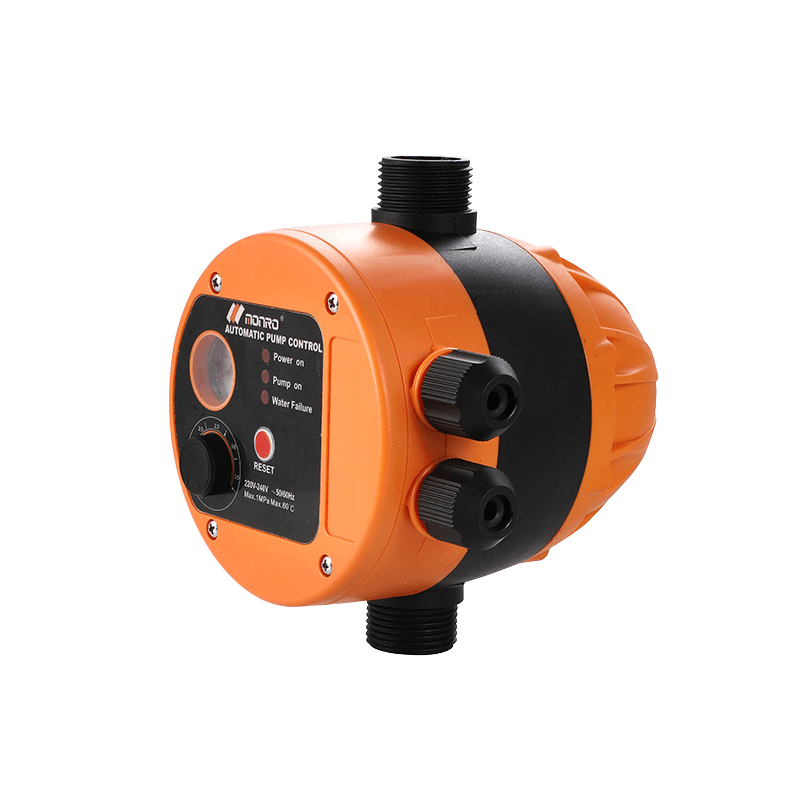 EPC-16
EPC-16EPC-16 is the new patent pump controller by Monro. Its key highlight is tooless (manual knob) start...
find our office
Committed to providing professional pressure control solutions for various types of water pumps and air compressors.

 简体中文
简体中文 English
English Español
Español